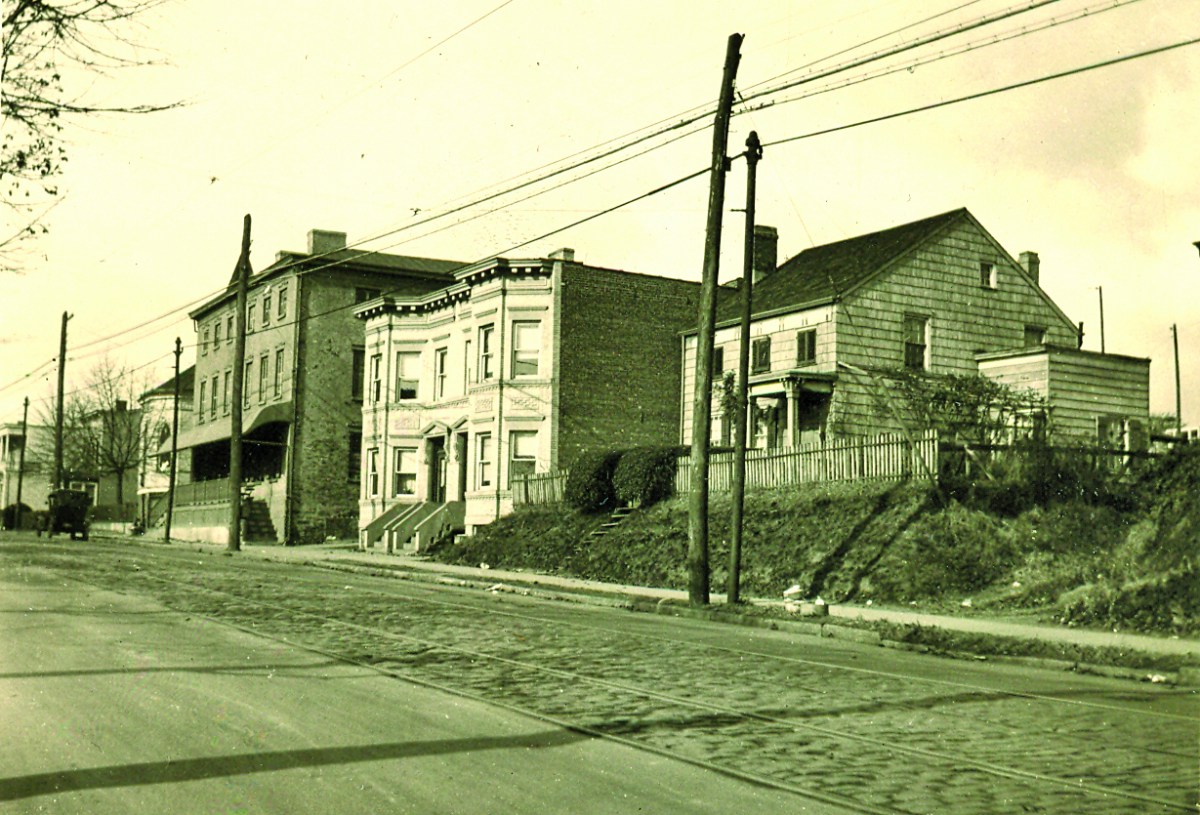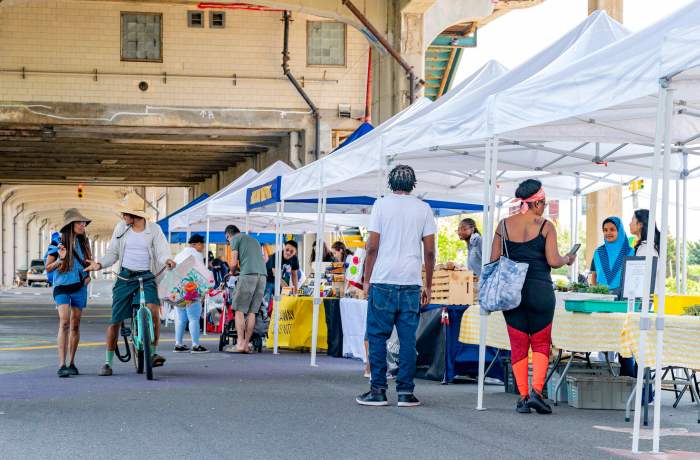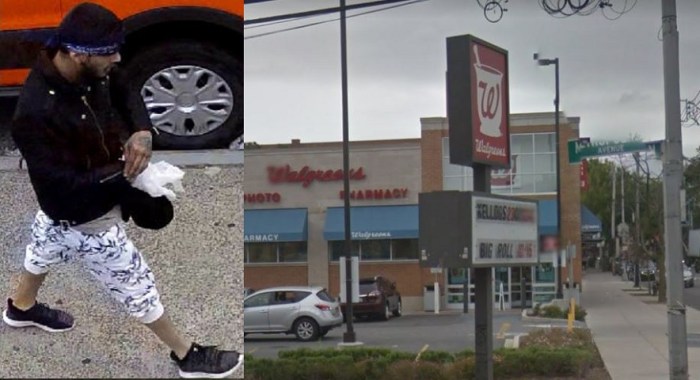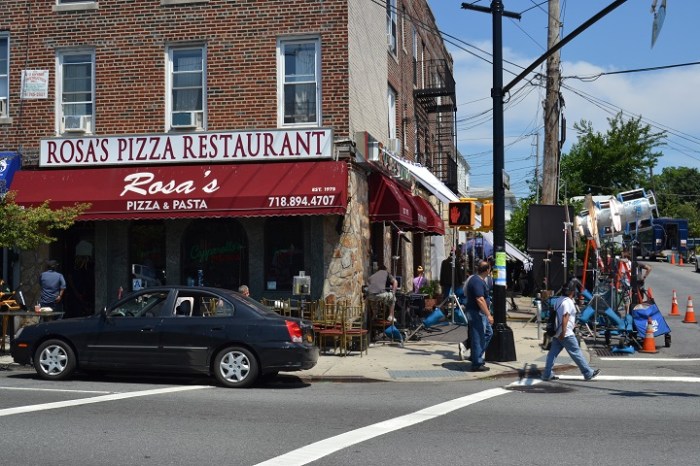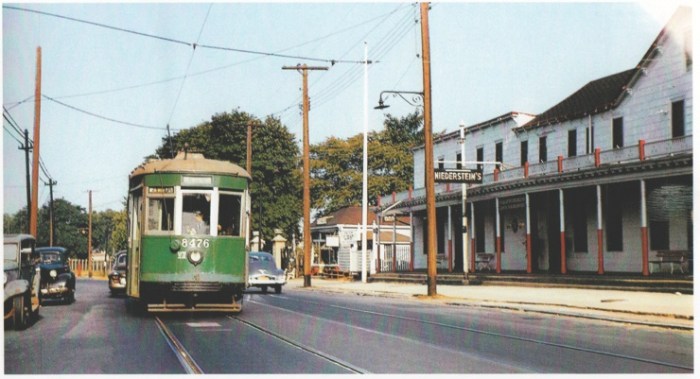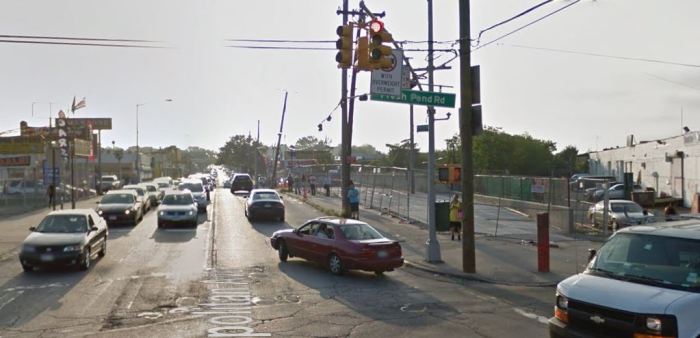Walk down Metropolitan Avenue in Middle Village these days and you won’t find very many watering holes. But in the community’s early days, Middle Village was a popular stopover for Long Island farmers on their way to the markets of Brooklyn and Manhattan.
Middle Village gained its name as the midway point of the Williamsburgh-Jamaica Turnpike (present-day Metropolitan Avenue), which was opened in 1816. Anybody can travel down Metropolitan Avenue without paying a dime (unless you want to park a car at a metered spot), but the road itself was conceived by brothers Stephen and Samuel Masters as a private toll road.
The turnpike ran from the intersections of Van Wyck Street (today the Van Wyck Expressway) and the Brooklyn-Jamaica Turnpike (present-day Jamaica Avenue) in Jamaica, and the western end of the Newtown Creek near present-day Morgan Avenue.
The Masters brothers built the road for farmers to use as a shortcut for their horse-drawn wagons hauling fruit and produce to the Catherine Street Market in Manhattan. After arriving at the Williamsburg end of the turnpike, they would continue their travel to the Grand Street ferry landing on the East River, then board a ferry boat to Lower Manhattan.
Middle Village came into being around 1840, and was named because of its geographic locale on the turnpike. Hotels and restaurants popped up in Middle Village, offering rest for farmers either heading to the market or on their way back home.
In 1845, Samuel R. Way — a descendant of James Way, one of the first settlers in the Middle Village area — built an imposing, three-story brick hotel on the north side of the Jamaica-Williamsburgh Turnpike just to the west of what is today 78th Street. The sturdy building had heavy, wooden spruce beams with a foundation over a foot thick with a large basement for storage.
The ground floor contained Way’s bar, known as The Brick Tavern, and the second and third floors contained 22 lodging rooms. A separate building in the rear of the property featured a stable with a well.
The Way hotel opened long before the advent of indoor plumbing. Each room, lit with whale oil lamps, was furnished with a chamber pot. The second and third floors did have shared bathing rooms with a tub; it’s believed to be one of the first hotels on Long Island to have such a convenience for its guests.
The hotel was also adjacent to the Methodist Episcopal Church, which remains in use to this day at the Community United Methodist Church.
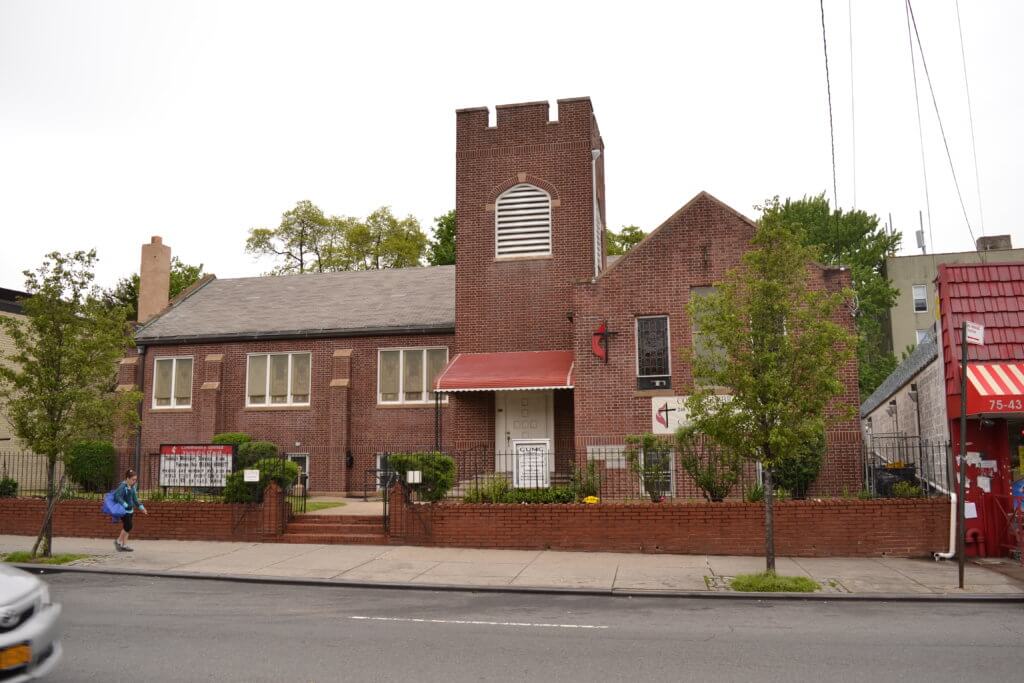
After Way’s death in 1848, his executors rented the hotel out to Thomas Gettib, who served as The Brick Tavern’s proprietor in 1849.
During the Civil War, which broke out in 1861, Confederate soldiers captured by the Union army were imprisoned in improvised cells in the tavern’s basement. Ironically, Niederstein’s Restaurant — which was located further west along the turnpike near present-day 70th Street — had a basement used for the same purpose.
Soon after the war ended, the civilian population of Middle Village had grown to the extent that residents sought public transportation. The North Second Street and Middle Village Railroad was launched, and steel rails were laid down the avenue from the Grand Street ferry landing in Williamsburg to the intersection of the turnpike and Dry Harbor Road (present-day 80th Street).
Horses were employed to pull small cars, each of which weighed about two tons by themselves, that carried between 24 and 30 passengers at a time.
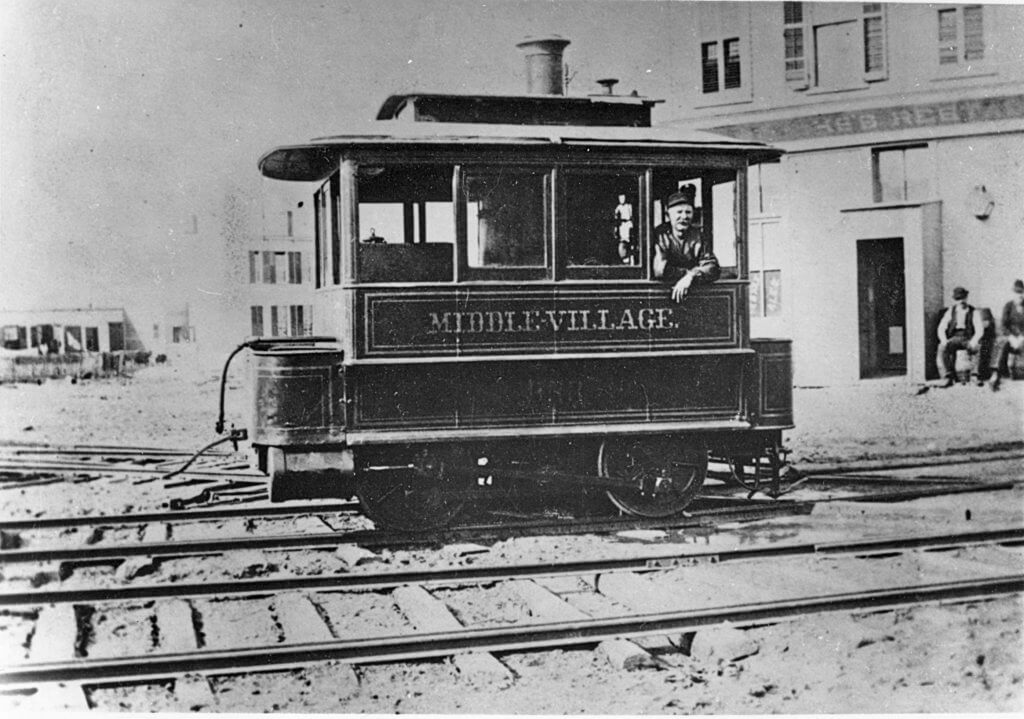
The Brick Tavern remained in operation through February 1868, when it was sold to Middle Village resident John Schneider, who then renamed it the Middle Village hotel. Schneider would also go on to become first superintendent of the nearby St. John Cemetery; he would pass the reins of management of the hotel to his son-in-law Andrew Seiz.
In 1885, the Jamaica-Wiliamsburgh Turnpike — no longer a toll road — was renamed Metropolitan Avenue in Queens County. Thirteen years later, in 1898, Queens was incorporated into New York City.
The horse-drawn trains carrying passengers on Metropolitan Avenue were eventually replaced in 1916, when the city granted the Brooklyn Rapid Transit company permission to run electric trolley cars from the corner of Fresh Pond Road and Palmetto Street in Ridgewood, then along Metropolitan Avenue to Jamaica Avenue.
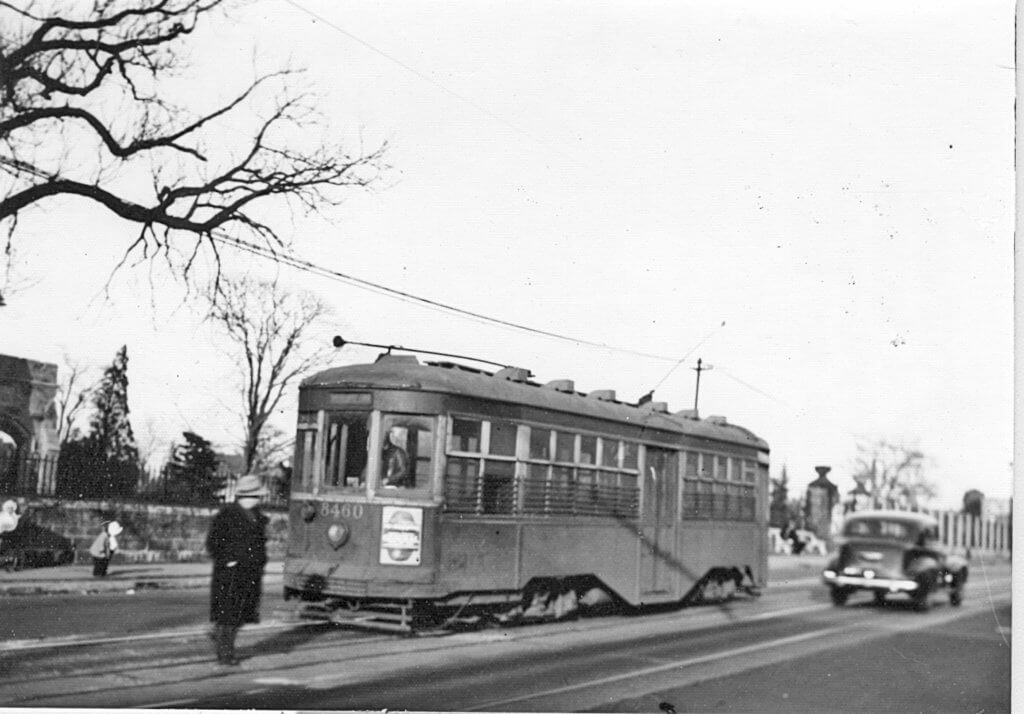
Advances in transportation made horse-drawn wagons obsolete, and by the late 1910s, there were fewer farmers passing through Middle Village. Business at the Middle Village Hotel suffered, and it led the Seiz family to convert the hotel into an apartment house.
By the time the Great Depression hit New York City — the late 1920s to early 1930s — a new law was in place requiring heating upgrades in all residences. The hotel-turned-apartment building was not in compliance with the new law.
Seeing that it was too costly to renovate the building and bring it up to code, the building was vacated and torn down in 1941. The thick foundation is the only reminder of the old hotel’s existence. Ten years later, in 1951, the Bohack Company purchased the site and built a Bohack supermarket on top of the foundation; after Bohack closed, the supermarket remained as a C-Town grocery store, which is still in business today.
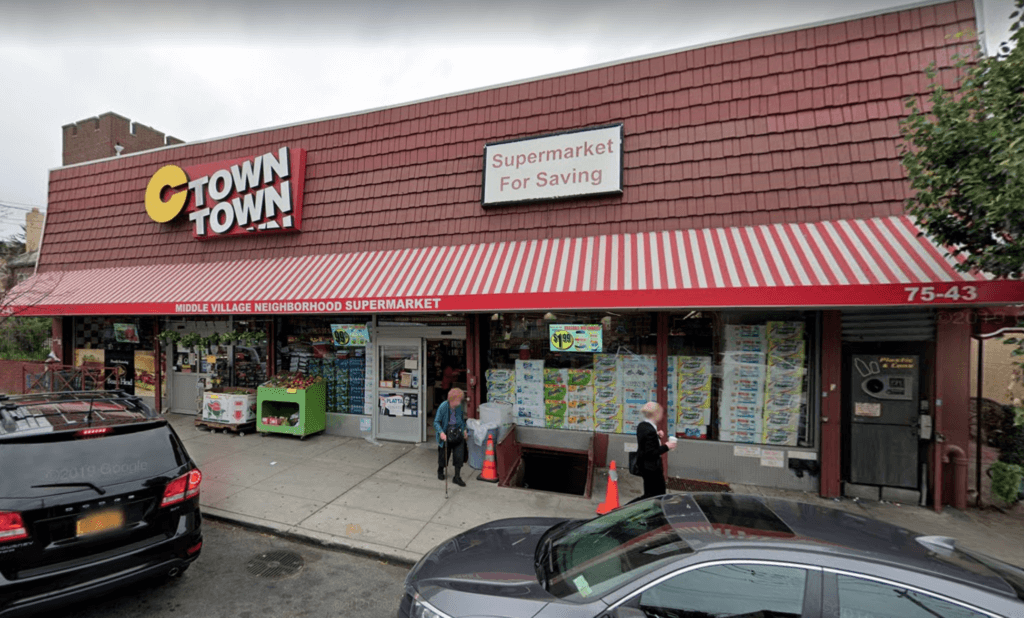
Some of the bricks from the former tavern were used in the construction of an apartment building behind the supermarket, along present-day 66th Drive.
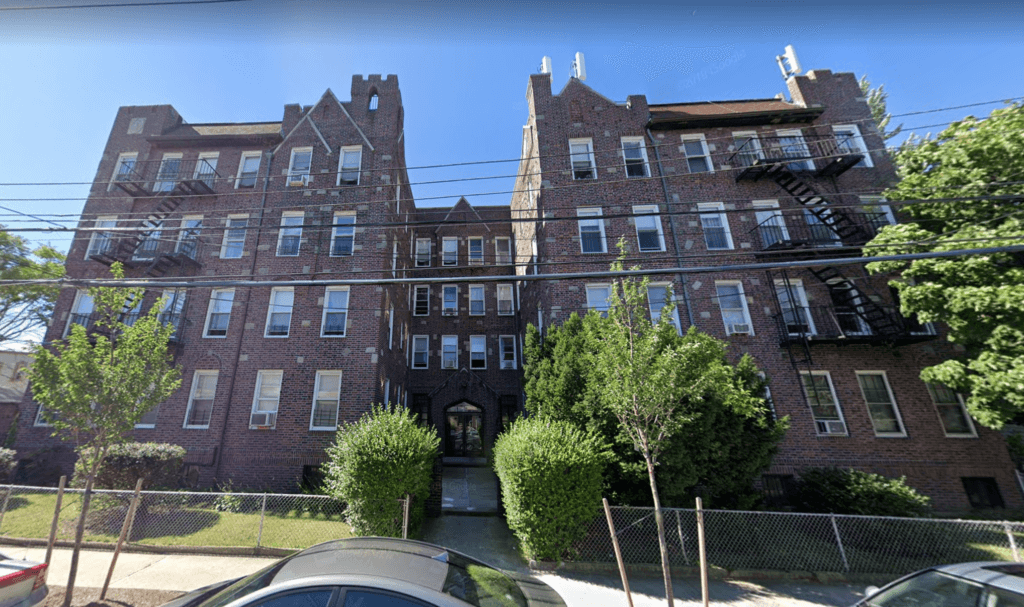
Sources: The Nov. 15, 1984, Ridgewood Times, the Greater Ridgewood Historical Society and the Juniper Park Civic Association.
* * *
If you have any remembrances or old photographs of “Our Neighborhood: The Way It Was” that you would like to share with our readers, please write to the Old Timer, c/o Ridgewood Times, 38-15 Bell Blvd., Bayside, NY 11361, or send an email to editorial@ridgewoodtimes.com. Any print photographs mailed to us will be carefully returned to you upon request.

